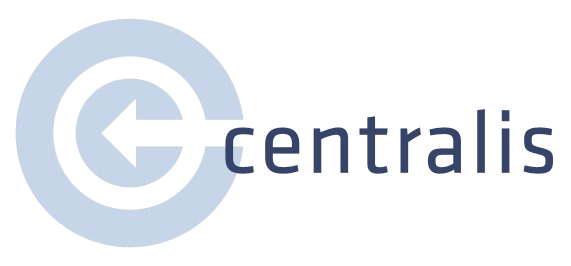Have you ever experienced a dark pattern? Chances are you have, maybe without even realizing it. They are in your phone apps, your smart TV, the websites you visit, and even the digital infotainment system in your car.
Dark patterns are manipulative designs that are used to persuade you to do things you might not do otherwise. While they are still ubiquitous, regulatory and watchdog groups are starting to pay attention and fight against these predatory patterns. Some examples of dark patterns include:
The Roach Motel. When signing up for the premium service was effortless, but canceling the service is purposefully difficult.
“The Roach Motel” - Amazon makes it difficult to unenroll. Users may expect ‘Your Account’ to allow cancellation, but must instead navigate through a complex flow within the ‘Help’ area.
The Bait and Switch. A product is advertised as free, but later you discover that you will have to pay to use any of its features or pay to continue using it beyond the short free-subscription timeframe.
“Bait and Switch” - Fortnite is free to play, but players are encouraged to buy add-ons with ‘V-Bucks’, a currency that obscures the full cost of purchases.
Confirmshaming. A company words their message in a way that guilts or persuades you to give, subscribe, or continue your membership.
“Confirmshaming” - Cosmopolitan suggests that users who don’t agree are boring.
Companies have been using dark patterns for years to track our online behaviors and manipulate us into sharing our personal data, time, and money without us even knowing. A comprehensive list of dark patterns and related examples can be found here.
Fortunately, consumers and policymakers have been pushing for more regulations prohibiting dark patterns. California, for example, recently passed a law that prohibits businesses from using dark patterns that make it difficult for users to opt-out of selling their personal information. Additionally, the Federal Trade Commission has said they will be examining whether additional requirements or enforcement efforts are needed to combat dark patterns.
Consumer Reports, the nonprofit known for keeping consumers informed about the marketplace and shaping public policy, is focusing on dark patterns as well. They have created a Tip Line for consumers to report dark patterns. Consumer Reports states that their first initiative is to try to get a real sense of the breadth and depth of the problem. Afterward, the goal is to start naming and shaming the worst offenders and advocating for better regulation. The nonprofit is hopeful that as consumers become better at identifying dark patterns, they can report those cases and eventually help change the practice of using these deceptive tactics.
As user experience designers and researchers, we have an ethical responsibility to advocate for the user and resist these manipulative practices. If you’re a designer or product owner, consider these tips from Consumer Reports as you’re evaluating your designs:
What is the true intent of the design?
Are the available options presented clearly for the user?
Are there clear instructions on how user data is being used?
It will take all of us to help shift the culture so that these practices are no longer acceptable. We encourage everyone to be mindful in their designs, and to report dark patterns as they are discovered.




